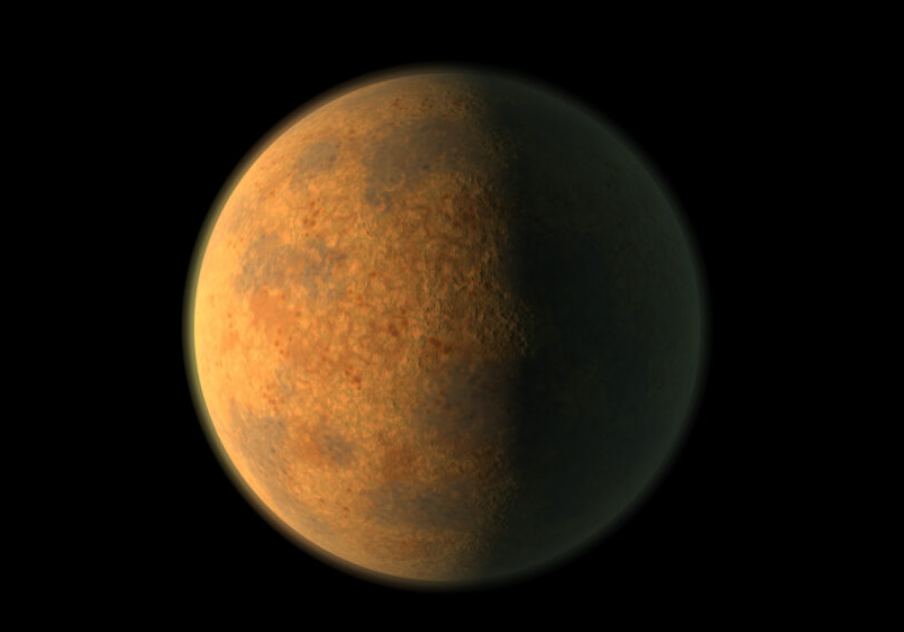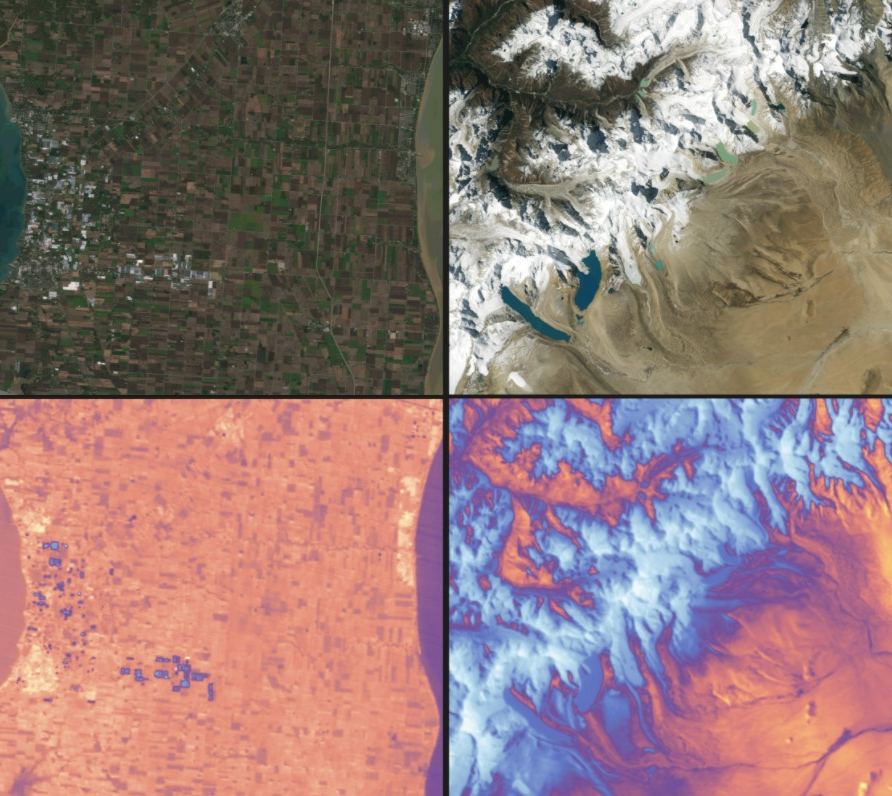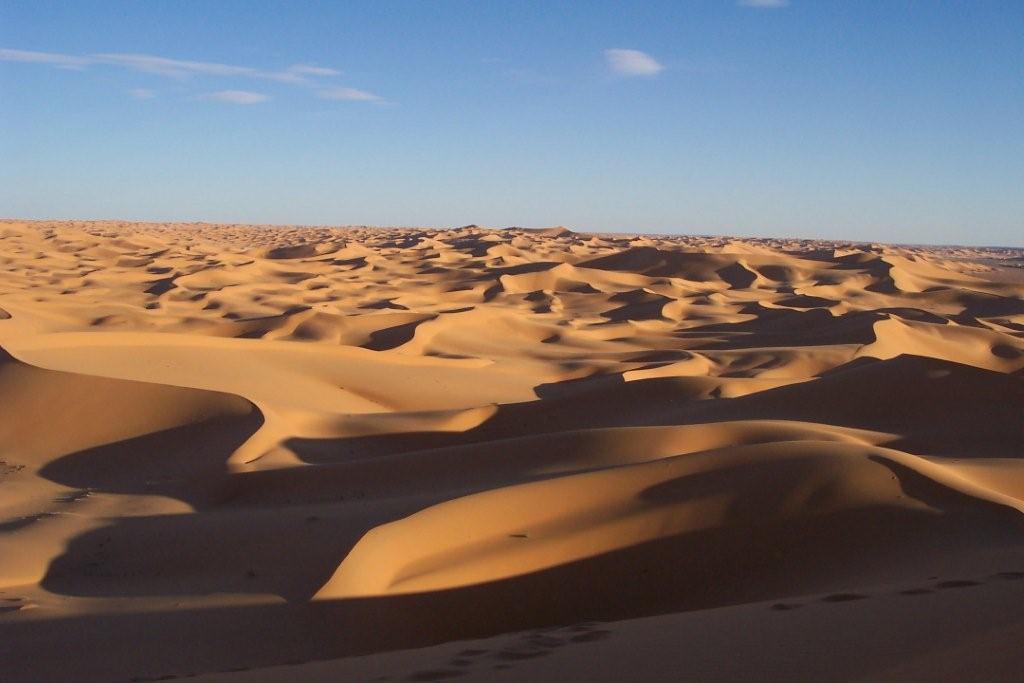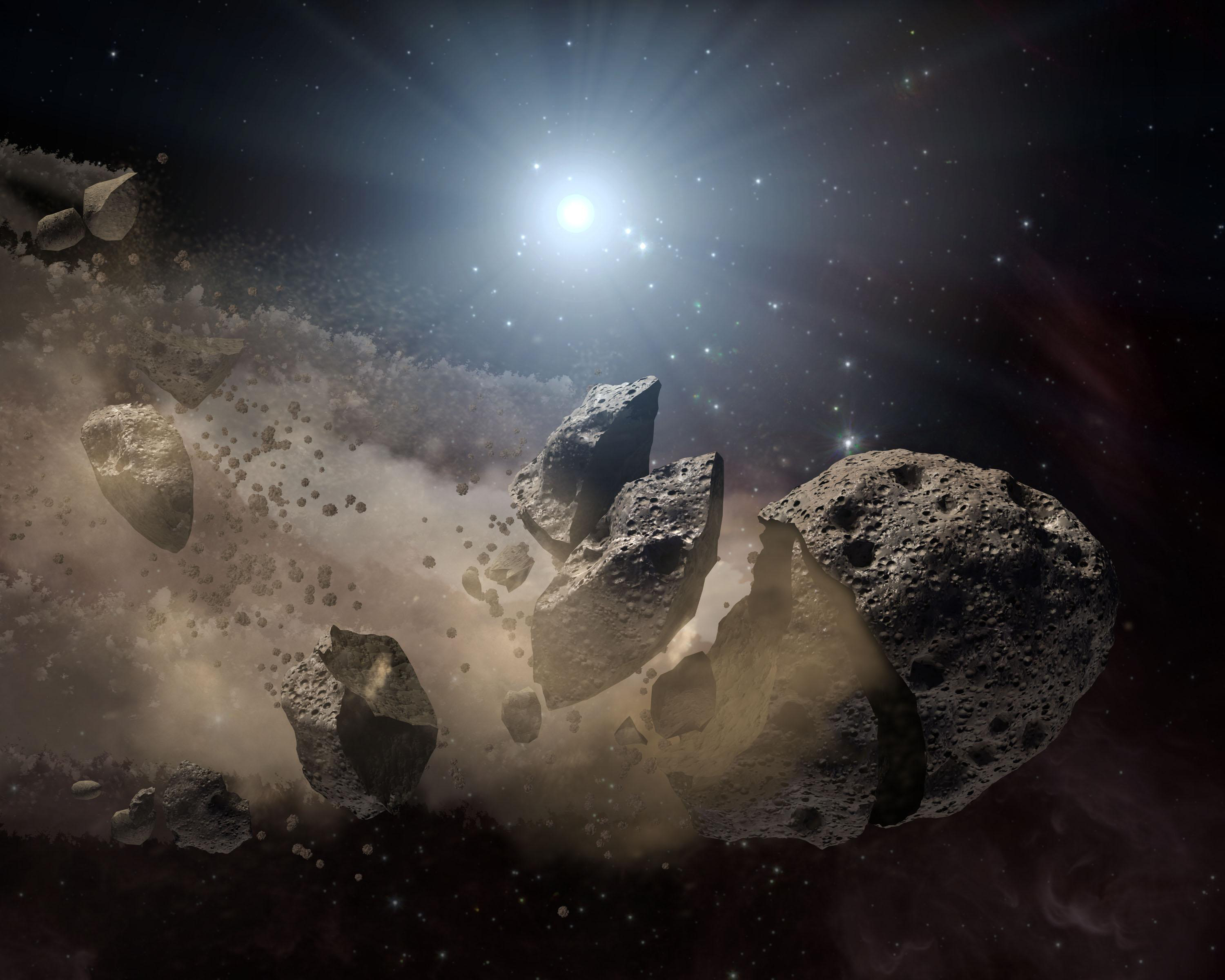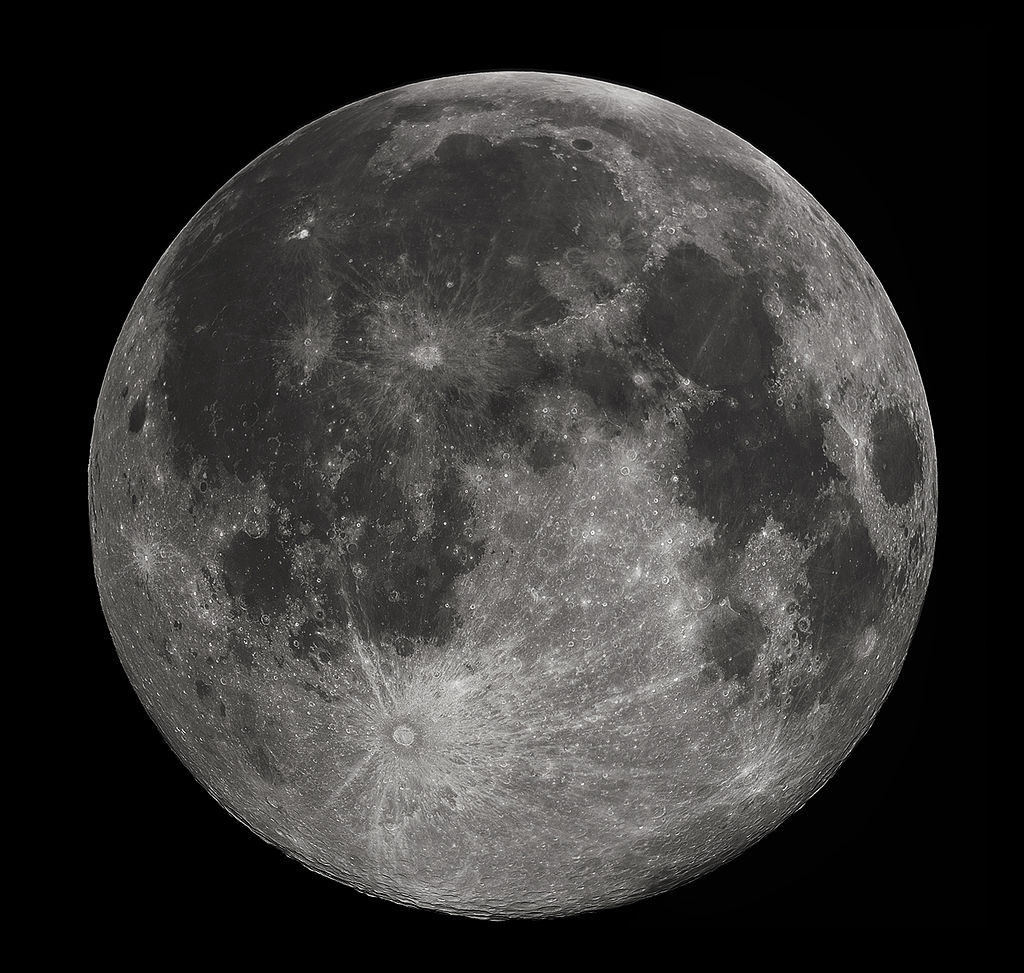Planets without plate tectonics are unlikely to be habitable. But currently, we’ve never seen the surface of an exoplanet to determine if plate tectonics are active. Scientists piece together their likely surface structures from other evidence. Is there a way to determine what exoplanets might be eggshells, and eliminate them as potentially habitable?
The authors of a newly-published paper say there is.
Continue reading “Eggshell Planets Have a Thin Brittle Crust and No Mountains or Tectonics”
